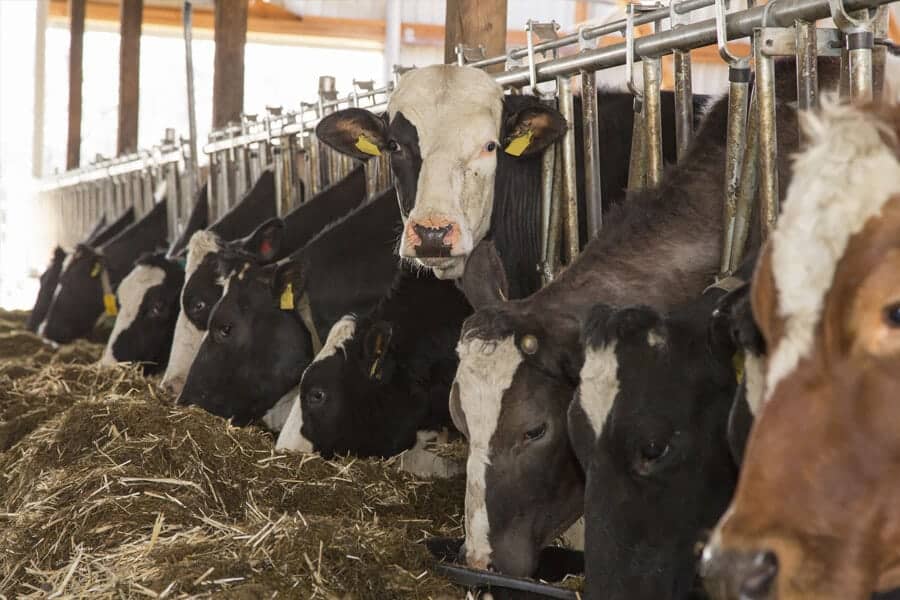
You might be interested to know that the crude protein levels of a feed are not determined solely by the quantity of true protein that the feed contains, but also by determining the amount of nitrogen-containing substances. This is due to the fact that when nitrogen-containing substances enter the rumen, the microbes in the rumen are able to synthesise them into microbial protein. This sort of protein is referred to as non-protein nitrogen (NPN) and an example of this is urea. As a general rule NPN should only make up about one third of protein intake in a diet, with the other two thirds of protein intake being made up by true protein.
True protein can be separated into two different groups which consist of degradable and undegradable protein. Degradable protein can be broken down in the rumen, whereas undegradable protein is not degraded in the rumen but is often broken down further along the line in the small intestine. In general, ruminants will use undegradable proteins much more efficiently then those that are degraded in the rumen, so it is important to have a minimal amount of degradable protein it the diet so that productivity is not compromised.
It’s important to know the crude protein levels in feed, due to the fact that different types of beasts require different amounts of protein when you take into account factors such as their breed, weight and productions level (eg. reproduction or lactation). By knowing the protein levels in a feed you can easily match the animals’ daily needs and in turn improve the animals’ productivity.